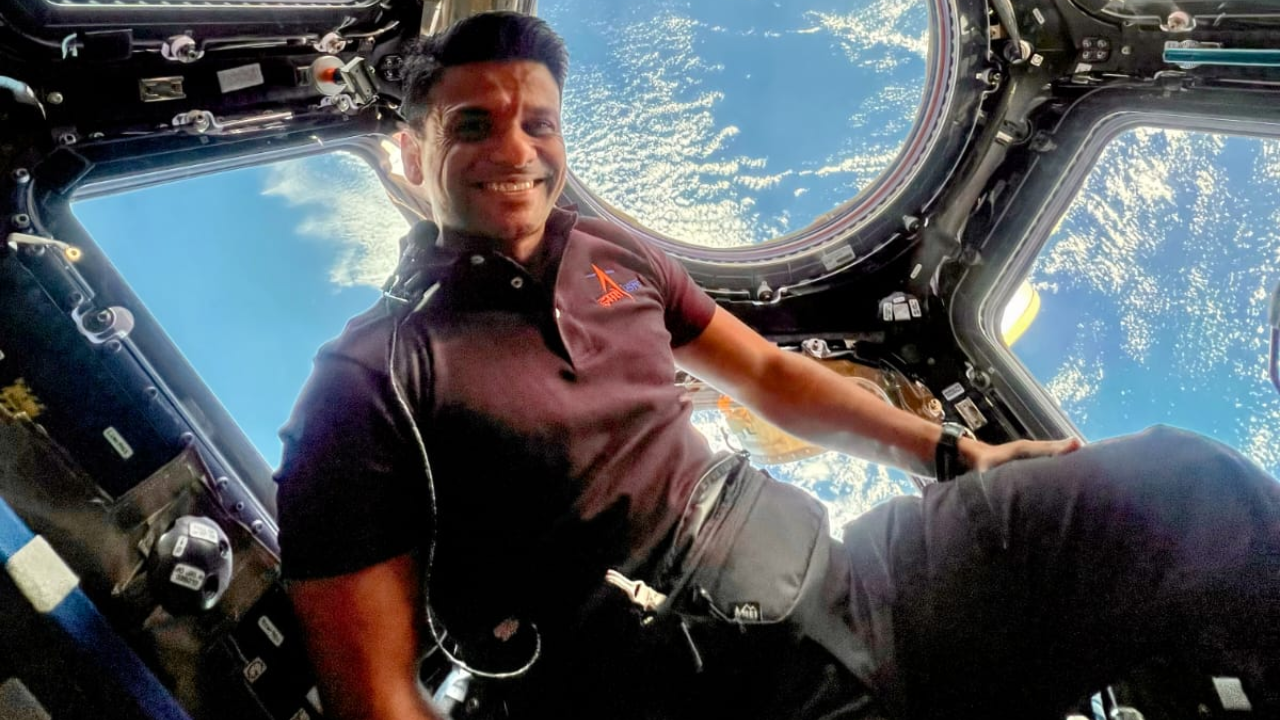Axiom-4: Bengaluru 'water bears' serve their purpose in space

The James Webb telescope reveals stunning galaxies in the Bullet Cluster, while skywatchers anticipate the distant Buck Moon in 2025. Meanwhile, an ISS astronaut captures a rare sprite phenomenon above a storm, showcasing cosmic and atmospheric wonders.

All major sources, one page
Feel the mood behind headlines
Know what’s trending, globally
Get summaries. Save time
7,793
120
211
8 minutes ago
Get instant summaries, explore trending stories, and dive deeper into the headlines — all in one sleek, noise-free mobile experience.
Stay sharp in 60 seconds. Get concise summaries of today’s biggest stories — markets, tech, sports, and more
All major sources, one page
Feel the mood behind headlines
Know what’s trending, globally
Get summaries. Save time
7,793
120
211
8 minutes ago
Get instant summaries, explore trending stories, and dive deeper into the headlines — all in one sleek, noise-free mobile experience.
Stay sharp in 60 seconds. Get concise summaries of today’s biggest stories — markets, tech, sports, and more